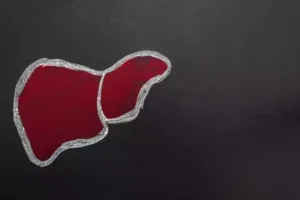Photo by Marek Mucha on Unsplash
Low and non-alcoholic wines have been around for years. But, you may have wondered:
“What exactly is a low-alcohol or a non-alcoholic wine?”
“How are they made?”
“Are they any good?”
Low-Alcohol Wine
Low-alcohol wines are produced just as any other wine. Usually, winemakers want the grapes to have high levels of sugar for a full fermentation to take place. All of this sugar is then converted to alcohol during fermentation, resulting in wines with 11-15% alcohol levels. In the case of low alcohol wines, the grapes are harvested up to two months earlier than normal with lower sugar levels. This way, the fermentation goes until the lower levels of sugar are completely fermented, resulting in reduced levels of alcohol. They are still ‘‘dry’ wines (i.e., very low residual sugar) with full flavors to have sufficient body and structure.
Non-Alcoholic Wine
Non-alcoholic wines are actually ‘real’ wine that’s been made from fermented grapes. It then goes through one of two processes to remove the alcohol. One method is called vacuum distillation where the wine is heated to temperatures where the alcohol begins to evaporate. This temperature is below the boiling point of the wine but, because the boiling point of alcohol is lower than water, the alcohol ‘boils’ off and is pulled away in a vacuum chamber.
The other method is reverse osmosis. This process uses an extremely fine filter that only allows the water and the alcohol to pass
This Article was originally published on Ever Wonder Wine







